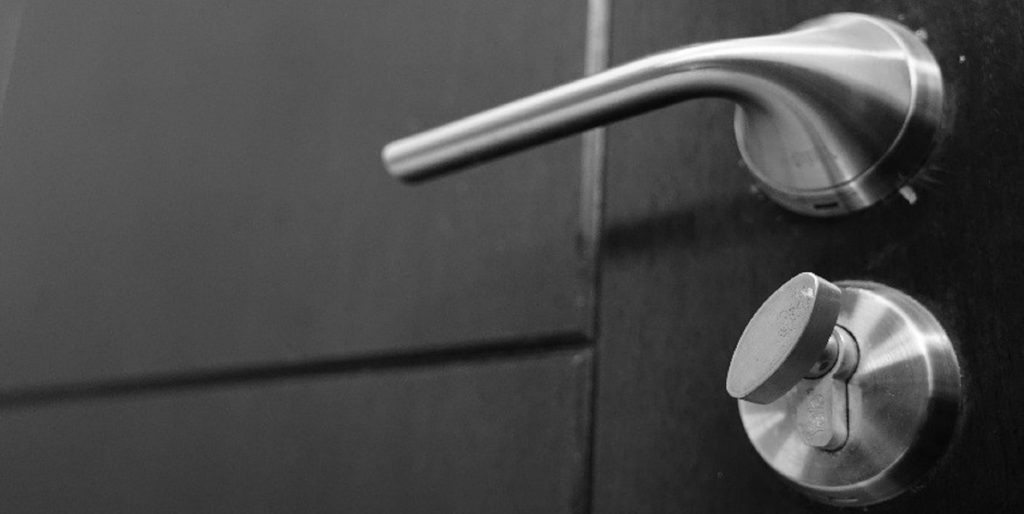
Last week DCFPI testified at the Performance Oversight Hearing for the Department of General Services to encourage the Mayor and Council to include funding for Act 22-0608, the Public Restroom Facilities Installation and Promotion Act. This act creates a working group to develop a two-pronged approach to promote restroom access: creating stand-alone restrooms and incentivizing businesses to allow the public to use their restrooms. As a member of this Working Group, the Department of General Services (DGS) will play a critical role in helping to identify appropriate sites for the new standalone public restrooms.
While many residents and visitors struggle with the lack of easy access to bathrooms, residents experiencing homelessness are particularly affected. Almost all shelters are closed during the day, so residents cannot access the restrooms there. And there is evidence that fewer businesses are allowing non-customers to use their restrooms: the People for Fairness Coalition visited 85 businesses to see if they would allow the general public, and particularly residents experiencing homelessness, to access their restrooms. In 2015, they found that 43, just over half of the businesses, allowed anyone to use their restroom. In Spring 2017, they visited these businesses again and found that only 11 still allowed this access. Most residents experiencing homelessness do not have money to make purchases at these establishments.
The lack of access to bathrooms is not merely an inconvenience—it can have devastating health consequences. Dr. Catherine Crossland of Unity Healthcare testified last year about her patients skipping lifesaving blood pressure, heart and HIV/AIDS medications because they can lead to an urgent need for the restroom. The lack of public restrooms can also pose a public health risk: Southern California is experiencing the largest Hepatitis A outbreak since the 1990s because of the lack of toilets and handwashing facilities for residents experiencing homelessness. At least 20 people have died as a result.
The working group will identify sites with limited access to restrooms that would be appropriate to install a stand-alone bathroom model that is available 24/7, such as the Portland Loo.
The Loo is a prefabricated structure that takes up an area the size of a parking place. The Loo was designed in Portland in 2007 by an architect, business owners, and community members aiming to maximize safety both inside and out, applying Crime Prevention Through Environmental Design (CPTED) principles and ensuring that it be economical and easy to maintain.
Selecting an appropriate location for the Loo is very important for ensuring safety. For a Loo to be successful in a given location, it must be in an open visible area with high pedestrian and vehicular traffic, and there must be support and monitoring from the surrounding community, such as businesses, Advisory Neighborhood Commissions (ANCs), and neighborhood associations.
Crime prevention features include angled shutters along the bottom and above the eye level that protect privacy while ensuring that one can see how many people are inside. The restroom has an anti-graffiti coating and has lighting outside at night. To minimize installation costs, the site should be near water and sewer connections.
By increasing access to public restrooms, the District can be a friendlier place for tourists, children and their caretakers, residents with illnesses and disabilities, and residents experiencing homelessness. The Mayor and Council should fund the Public Restroom Facilities Installation and Promotion Act of 2018 in the upcoming fiscal year (FY) 2020 budget.
